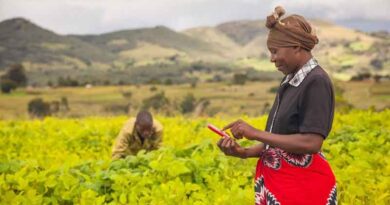PAU Advises maize growers to control fall armyworm
29 JUne 2021, Punjab: The maize experts of Punjab Agricultural University (PAU) have cautioned the farmers against the attack of fall armyworm (FAW) pest on maize.
Dr Surinder Sandhu, Incharge, Maize Section, advised the farmers to remain vigilant and survey their fields thoroughly. She said: “In Punjab, the sowing of kharif maize is in full swing in the districts of Hoshiapur, SBS Nagar, Ropar, Jalandhar and Pathankot. The crop is sown from the last week of May to the end of June. So, most of the crop, presently in younger stage, is vulnerable to the attack of fall armyworm (FAW).” The incidence of this pest has been observed in different areas of Punjab, she disclosed, while urging the farmers not to panic as this serious pest can be managed by adopting timely control measures. Referring to its symptoms, she explained: “Larva of FAW has white-coloured inverted Y-shaped mark on the head and four spots in square pattern at the rear end. The central whorl leaves of damaged plants have big holes and lot of excreta.” Farmer can easily identify this pest to follow its control measures, she added. Dr Sandhu emphasized to sow the grain crop by the end of June only and prefer to sow the fodder maize not later than mid-August to reduce spread.
Dr Jawala Jindal, Senior Entomologist (Maize), said: “To control this pest, spray Coragen 18.5 SC (chlorantraniliprole) @ 0.4 ml/litre or Delegate 11.7 SC (spinetoram) @ 0.5 ml/litre or Missile 5 SG (emamectin benzoate) @ 0.4 g/ litre using 120 -200 litres of water per acre depending upon the crop stage.” For effective control, direct the nozzle towards the whorl, he added.
Dr Harpeet Cheema, Senior Entomologist (Forage), elaborated that for fodder maize, spray only Coragen and ensure waiting period of 21 days before feeding to animals. Prefer mixed cropping of fodder maize with bajra/cowpea/sorghum and use recommended seed rate (30 kg/acre) by following line sowing method rather than broadcasting. Apart from this, collection of easily visible egg masses on upper surface of leaves is also effective, she said.















